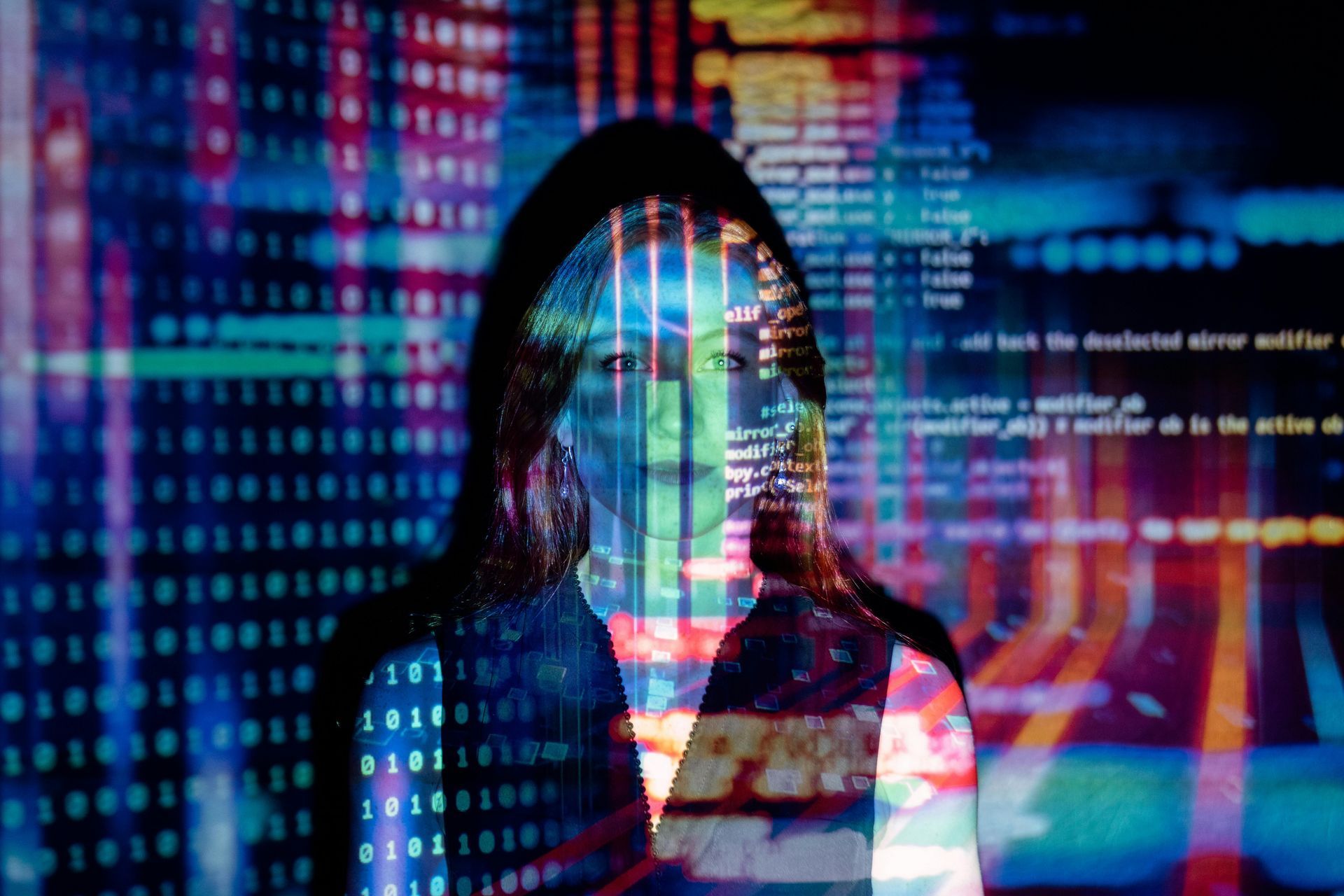Beyond Tooling: Why CTOs & CISOs Must Lead AppSec Evaluations
Application Security Posture Management (ASPM) and Developer Security Posture Management (DevSPM) tools promise visibility, prioritization, and increased security coverage—compelling offerings for any security-conscious organization. However, there's a critical gap that technical evaluations led solely by AppSec engineers often overlook.

Introducing "Living Security" and Execution Intelligence
Living Security is a proactive, human-centered approach to cybersecurity risk management that emphasizes continuous employee engagement, education, and behavioral change.
Traditional security focuses primarily on tools, technologies, and reactive vulnerability management. In contrast, Living Security recognizes humans not merely as risk factors, but as key defenders—transforming security into a cultural strength.
Start Left® adapts this concept specifically for software developers through Execution Intelligence, embedding security directly into everyday development workflows. Instead of just surfacing vulnerabilities, Start Left influences developer behavior, fosters proactive security cultures, and drives continuous improvement through gamification, behavioral analytics, and real-time feedback.
The Missing Link: Execution
Application Security Posture Management (ASPM) and Developer Security Posture Management (DevSPM) tools promise visibility, prioritization, and increased security coverage—compelling offerings for any security-conscious organization. However, there's a critical gap that technical evaluations led solely by AppSec engineers often overlook:
AppSec teams are excellent problem solvers, adept at uncovering and prioritizing vulnerabilities. But vulnerabilities and compliance issues aren't merely technical—they’re symptomatic of broader systemic and cultural issues within an organization. Addressing these problems demands leadership beyond tool selection.
Key Components of Start Left’s Execution Intelligence (Inspired by Living Security):
① Continuous Developer Engagement & Upskilling
- Frequent, embedded learning opportunities integrated directly into developer workflows.
- Interactive training sessions, security-focused coding workshops, and real-time scenario-based learning exercises.
② Behavioral Change through Gamification
- Leveraging positive reinforcement, gamified recognition, and incentives to drive secure developer behaviors.
- Encouraging developers to proactively engage in secure coding practices, threat modeling, and code reviews as routine activities.
③ Secure-by-Design Engineering Culture
- Embedding security deeply within the engineering culture—making secure development a natural outcome, not an afterthought.
- Empowering developers with ownership and accountability for secure software delivery, aligning security with their professional growth.
④ Developer-Centric Risk Intelligence
- Measuring, tracking, and proactively addressing risks arising from developer behaviors using advanced analytics and continuous monitoring across CI/CD pipelines.
- Utilizing real-time behavioral insights to predict, prioritize, and mitigate systemic risks introduced during software development.
⑤ Personalized Developer Experience
- Tailoring feedback, coaching, and communication strategies to resonate with individual developers, teams, and engineering leadership.
- Making secure development practices personally relevant, achievable, and aligned with developer career objectives.
Practical Implementation Examples:
- Developer Behavior Analytics: Continuous, real-time metrics correlating developer activities with software security outcomes, highlighting improvement areas and recognizing positive behaviors.
- Security Gamification & Recognition: Leaderboards, badges, and reward systems directly tied to secure coding achievements, collaboration, and ongoing learning.
- Embedded Real-Time Coaching: In-the-moment training and remediation advice integrated into development tools and pipelines, reinforcing secure behaviors organically.
- Systemic Risk Insights: Using advanced behavioral telemetry to highlight systemic challenges across the software development lifecycle—enabling proactive cultural and process improvements rather than reactive patching or policy enforcement.
Where AppSec-Led Evaluations Fall Short:
1. Scaling Secure Practices:
- How will you consistently scale secure development across every team?
- Which processes will drive security across diverse, distributed teams?
2. Influencing Behavior, Not Just Identifying Issues:
- A tool can surface vulnerabilities, but how do you ensure developers adopt new, secure behaviors consistently?
- Who is accountable for driving long-term cultural shifts?
3. Improving the System, Not Just the Symptoms:
- Effective security involves more than scanning and remediation—it requires changes to workflows, incentive structures, and organizational culture.
- Who is equipped and empowered to solve the systemic challenges?
Comparison Matrix: ASPM vs. DevSPM vs. Start Left®
| Dimension | ASPM | DevSPM | Start Left |
|---|---|---|---|
| Primary Focus | Application vulnerabilities and risk prioritization | Developer compliance and adherence to policies | Developer behavior, continuous improvement, proactive risk reduction |
| Methodology | Assessment and visualization | Measurement and policy enforcement | Behavior-driven analytics, gamification, continuous feedback |
| Human-Centric Security | Limited | Moderate (Compliance-based) | Extensive (Behavior-change focused, culturally embedded) |
| Proactive Risk Management | Moderate | Moderate | High (integrated into developer workflow, real-time behavior shaping) |
| Impact on Developer Culture | Minimal | Moderate (Compliance-driven) | High (Culture-first, career growth-oriented) |
| Gamification & Engagement | Minimal | Minimal to Moderate | Extensive (core strategy) |
| Positioning Summary | Technology-focused and risk-reactive | Developer-focused but compliance-driven | Developer-focused, behavior-driven, proactively transformative |
Why Leadership Must Step Up
CTOs and CISOs bring strategic visibility, cultural influence, and the authority required to create systemic change. Security isn’t merely an engineering challenge—it’s an organizational priority requiring high-level oversight.
When leadership is involved, evaluations shift from simple feature comparisons toward meaningful transformations in culture and process. This ensures that selected tools and platforms align with long-term organizational goals and are adopted effectively by development teams.
Moving Beyond "Shifting Left"
"Shifting left" shifts responsibility toward developers, but without leadership-driven cultural transformation, it becomes a burden rather than an opportunity. CTOs and CISOs must ensure developers have the support, training, and incentives required to embed security practices naturally within their workflows.
Execution Intelligence: A Leadership Imperative
Platforms like Start Left® advocate a fundamentally different approach: embedding secure behaviors and proactive security measures directly into developer workflows and organizational culture. This model requires leadership commitment and active participation.
Benefits of Start Left’s Execution Intelligence:
- Reduced software delivery risks driven by proactive developer behaviors rather than reactive scans and remediation.
- Accelerated secure delivery cycles by empowering developers with real-time feedback and embedded security practices.
- Improved developer retention and satisfaction through gamified recognition, professional development, and reduced friction in daily engineering workflows.
- Cultural transformation within engineering teams, ensuring secure software development is intrinsic, sustainable, and scalable.
Conclusion: It's About Culture, Not Just Tools
Evaluations led solely by AppSec teams risk reducing decisions to feature comparisons, overlooking the essential cultural and systemic factors required for lasting change. CTOs and CISOs must take active roles in AppSec evaluations, ensuring the selected solutions genuinely address and transform the underlying challenges.
Real security begins with leaders solving systems, not just engineers solving problems.
SHARE!
More Resources















